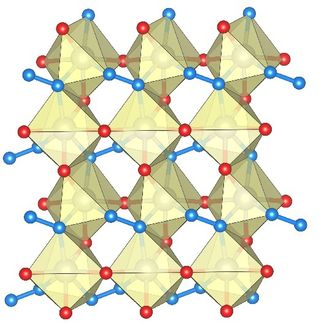Coming a step closer to the dream of nanotechnology
Simple synthesis of seeds for standardised carbon nanotubes
Advertisement
Synthesising single-wall carbon nanotubes (SWCNTs) is one of the greatest challenges faced by materials science. They can be synthesised using precursor molecules, so-called seeds, which determine growth. However, this synthesis has not been well researched up to now. Researchers at FAU have now developed a method for assembling these complex molecules from a small number of segments.
The idea is that the graphene in carbon nanotubes is rolled up to form a hollow cylinder. Depending on their structure, these tubes have varying electronic properties ranging from conducting to semi-conducting, enabling them to be used in transistors, batteries or screens. ‘Due to their extraordinary properties, single-wall carbon nanotubes are considered the most promising candidates for making dreams in the field of modern nanotechnology a reality,’ explains Dr. Konstantin Amscharov, Chair of Organic Chemistry II. However, synthesising several carbon nanotubes with the same structure remains challenging. The only known method of synthesising selected SWCNTs is by epitaxial elongation of ultra-short nanotubes or molecular seeds, which are very difficult to produce. However, arranging a combination of complimentary segments allows SWNCTs to be synthesised. In a series of experiments, Amsharov successfully synthesised seeds for 21 different types of tubes using only three components.
Original publication
Other news from the department science
Most read news
More news from our other portals
See the theme worlds for related content
Topic world Synthesis
Chemical synthesis is at the heart of modern chemistry and enables the targeted production of molecules with specific properties. By combining starting materials in defined reaction conditions, chemists can create a wide range of compounds, from simple molecules to complex active ingredients.

Topic world Synthesis
Chemical synthesis is at the heart of modern chemistry and enables the targeted production of molecules with specific properties. By combining starting materials in defined reaction conditions, chemists can create a wide range of compounds, from simple molecules to complex active ingredients.






























































